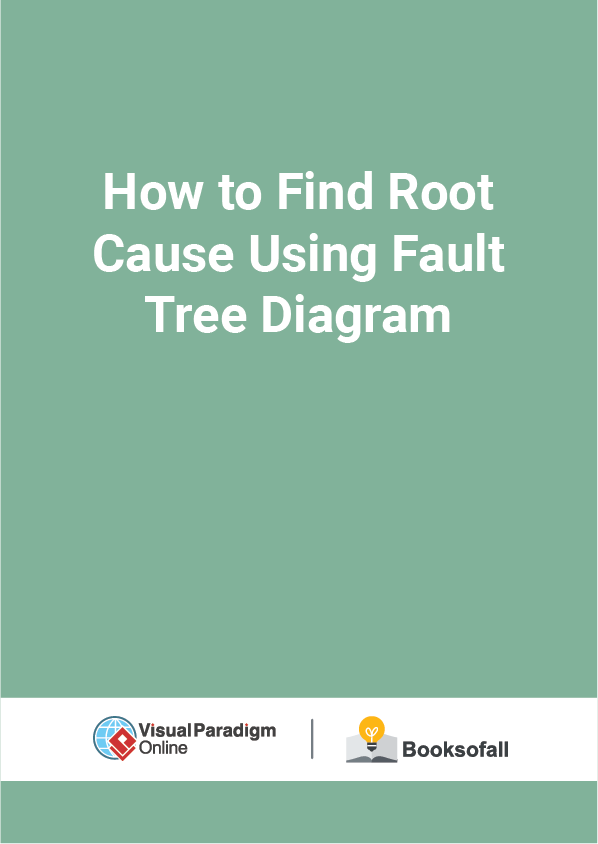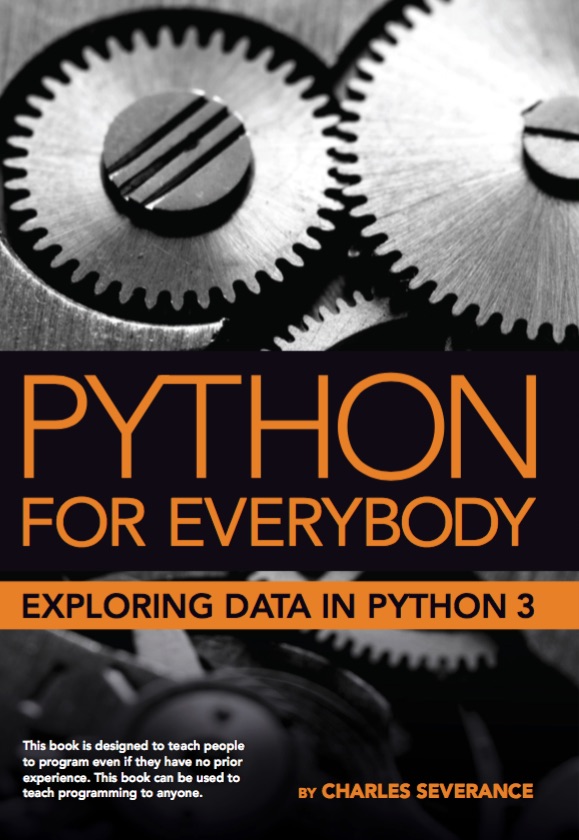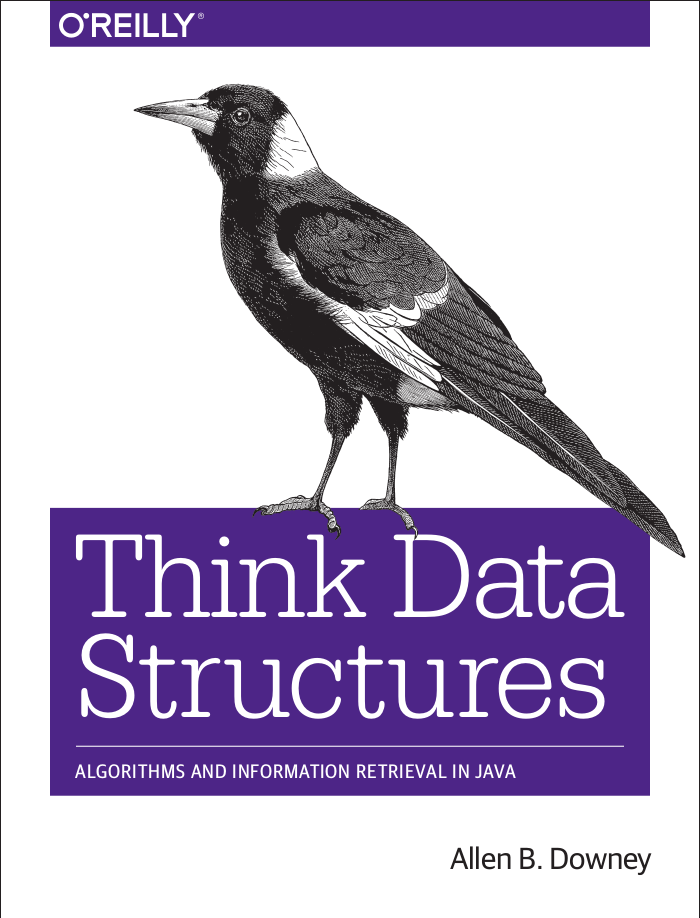How to Find Root Cause Using Fault Tree Diagram?
4-4 minutes
An FTA (similar to a logic diagram) is a “deductive” analytical tool used to study a specific undesired event. The deductive analysis begins with a defined undesired event, then attempts to determine the specific causes of the event by constructing a logic diagram called a fault tree.
Fault Tree Analysis was introduced in 1962 by Bell Laboratories and is one of the most widely used to solve a wide variety of problems ranging from safety to management issues.
What is Fault Tree Analysis?
The main purpose of the Fault Tree Analysis is to help identify potential causes of system failures before the failures occur. It can also be used to evaluate the probability of the top event using analytical or statistical methods. These calculations involve system quantitative reliability and maintainability information, such as failure probability, failure rate, and repair rate. After completing an FTA, you can focus your efforts on improving system safety and reliability.
A typical Fault Tree Analysis starts with a potential fault and works backward to identify possible contributing factors, using a visual presentation called a fault tree diagram. The fault tree follows a top-down approach, starting with the outcome (a potential fault condition), and evaluating the factors that could contribute to that fault.
FTA Notation
A Fault Tree Analysis uses a few basic symbols to outline various points, causes, and effects in a process. There are many symbols, but here are some of the basics to help you get started designing a fault tree diagram.
Symbols are used to represent various events and describe relationships:
Gate Symbols
Event symbols
There are five types of event symbols:
Generic Fault Tree Diagram Illustration
Edit this Diagram
Fault tree development steps
To do a comprehensive FTA, follow these steps:
- Define the system . This includes the scope of the analysis including defining what is considered a failure. This becomes important when a system may have an element fail or a single function fails and the remainder of the system still operates.
- Define top-level faults . Define the fault condition, and write down the top-level failure.
- Identify causes for top-level fault . Using technical information and professional judgments, determine the possible reasons for the failure to occur. Remember, these are level two elements because they fall just below the top-level failure in the tree.
- Identify the next level of events . Continue to break down each element with additional gates to lower levels. Consider the relationships between the elements to help you decide whether to use an “and” or an “or” logic gate.
- Add probabilities to events . If possible, evaluate the probability of occurrence for each of the lowest level elements and calculate the statistical probabilities from the bottom up.
- Finalize and review the complete diagram . The chain can only be terminated in a basic fault: human, hardware or software.











